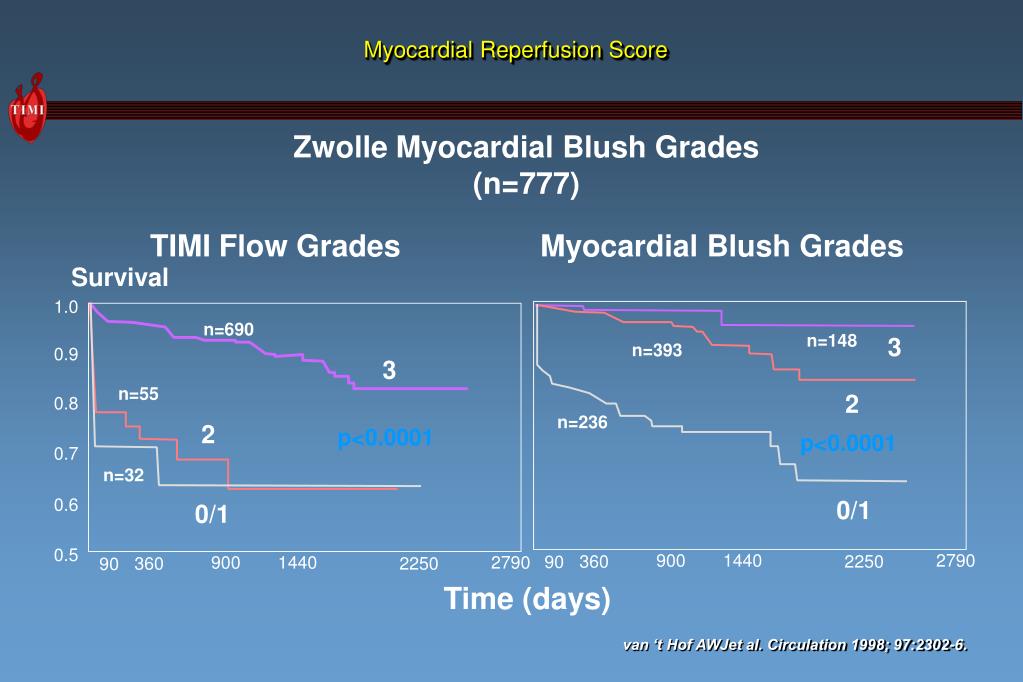
Angiogram revealed patent stents except for a long-segment coronary artery stent edge dissection in LCx extending into the distal vessel with TIMI 2 flow ( video 4). Serum troponin levels were also within normal range. No new ST-T segment changes or regional wall motion abnormality was detected. However, two weeks post-procedure, the patient complained of progressively increasing effort angina, CCS class III. Post-stenting, TIMI (Thrombolysis in Myocardial Infarction) 3 flow was achieved with no procedure-related complication. Coronary angiogram revealed triple-vessel disease for which he underwent percutaneous coronary intervention (PCI) to left circumflex artery (LCx) with a 3.5 × 20 mm sirolimus-eluting stent ( video 1), dedicated left anterior descending (LAD) artery diagonal bifurcation and right coronary artery (RCA) with good angiographic results ( figure 1, videos 2 and 3). His physical examination was unremarkable, with normal resting electrocardiogram (ECG) and echocardiogram. 4 Case summaryĪ 58-year-old, non-diabetic, non-hypertensive, tobacco-chewing man presented with the complaint of angina on exertion – Canadian Cardiovascular Society (CCS) class II for the last two years with recent worsening to class III – refractory to maximally tolerated anti-anginal therapy. 3 Angiographic results are often deceiving and trials have confirmed that OCT changes the initial PCI strategy in a significant number of cases. Reported incidences of stent edge dissection range from 5% to 23% by IVUS, 2 compared with 20% to 56% by OCT.

1 Optical coherence tomography (OCT), with better resolution (12 to 18 µm) as compared with IVUS (150–250 µm), has higher chances of detecting stent edge dissection. IntroductionĬoronary angiography and intravascular ultrasound (IVUS) have traditionally been used for diagnosis of stent edge dissection. We present a clinical case of multi-vessel PCI where the patient had to return with recurring symptoms within two weeks of a seemingly successful PCI, only to teach us a valuable lesson in the more frequent and judicious use of intracoronary imaging. Stent edge dissection is one of the procedural complications concerning percutaneous coronary intervention (PCI).


 0 kommentar(er)
0 kommentar(er)
